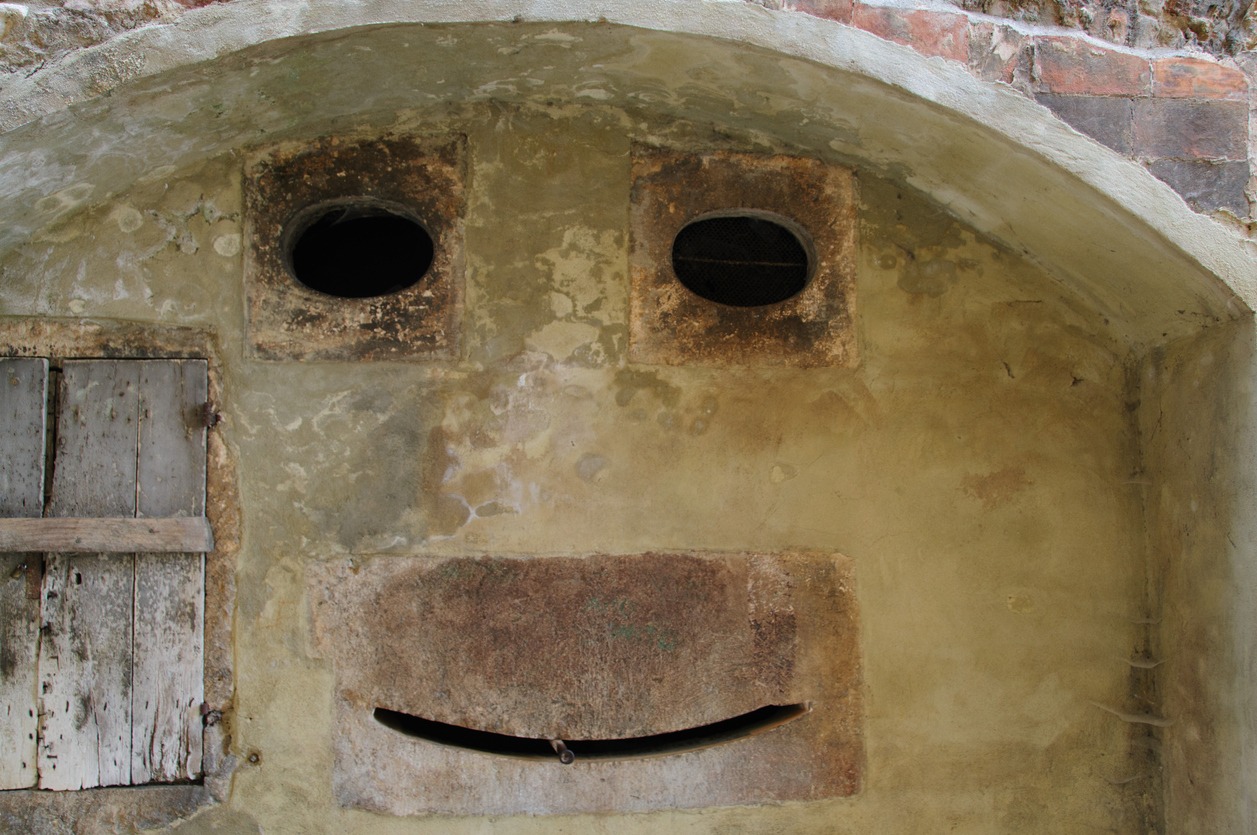Sometimes, it’s fun when your eyes play tricks on you. You see “faces” staring back at you from a power plug, a cabinet, or a potato. Or you see the likeness of Jesus Christ in the clouds or a guy’s face on the surface of the moon.
This phenomenon is called pareidolia, which is the tendency to see a pattern or image of something that does not really exist. Pareidolia comes from the Greek words para, which means “beside,” “alongside,” or “instead (of),” and eidolon, which means “image,” “form,” or “shape.” Pareidolia is one of the types of apophenia, a general term which means the tendency to perceive patterns in random data.
This psychological phenomenon doesn’t only happen among humans but also in chimpanzees.
Why does pareidolia happen?
There are number of beliefs, assumptions, and theories that suggest the cause of pareidolia:
- Many experts believe that pareidolia could be behind numerous sightings of UFOs.
- Pareidolia usually has religious overtones. A recent study suggests that religious people or people who strongly believe in the supernatural tend to see “faces” in inanimate objects, meteorological phenomena (such as clouds), or landscapes.
- The famous astrologer Carl Sagan argued that this instinct to recognize faces from a distance or in poor visibility provided a vital survival technique, enabling humans to judge instantly whether an approaching person was a friend or foe. However, Sagan noted that it could misinterpret random patterns or images of light and shade as being faces.
- Some artists use pareidolia to their advantage by embedding hidden faces in their artwork.
A new study on pareidolia shows a gender bias
While facial features are the usual things that we come across in random objects, it looks like they’re not the only one. A newest study conducted by researchers at the University of Queensland’s School of Psychology has found that we also recognize gender, age, and emotion. When it comes to gender, the study shows that – strangely enough – the vast majority of these illusory faces are perceived as male.
As for emotion, the results are pretty varied. The study shows that 34% of the images are perceived as happy, 19% percent surprised, 19% neutral, and 14% angry, while the smaller number of faces are perceived as showing fear, sadness, or disgust.
As for age, the results show that the images are perceived as young faces, either as a child or a young adult.
But what draws the attention of the researchers who did this study is that the perceived gender of these faces vastly inclines toward male. This same study shows a wide gender gap – 90% of the images are perceived as male faces while only 9% are perceived as female faces.
But what is the reason for this perceptual bias that makes these images appear male instead of female? While the researchers dove deeper for clues, they still couldn’t find a solid basis that caused this perception bias. However, they did offer a suggestion.
“One possibility is that it stems from a conceptual or linguistic origin, in that male is the default gender in social communication. By this account, the perception of an illusory face in an object invokes the concept of ‘person,’ which in turn invokes the concept of ‘male’, unless additional information suggests otherwise,” the research paper wrote.
The researchers added that male is the default gender of the face unless details like long eyelashes, trimmed eyebrows, or long hair suggest otherwise.
Examples of pareidolia
The famous Shroud of Turin, a cloth bearing the image of a man, which many believe to be Jesus Christ.
A lot of people thought that the image taken by the Viking 1 mission in 1976 showed a face on Mars that could have been the remains of an ancient civilization.
A surprised “face” on a coconut.
The “Romanian Sphinx” in Bucegi Mountains, Romania.
Lakes of meteoric origin in Vladimir Oblast, Russia.
Chimneys with angry “faces” at an industrial distillation unit
Tape recorder of Revox, a Swiss brand, probably model D36 from the early 1960s.
Audio pareidolia
Pareidolia does not only involve the perception of images. Another form of pareidolia, called audio pareidolia, involves hearing words or music that are not the real sounds someone is hearing. In audio pareidolia, a human brain searches for a recognized pattern, finds the nearest match, then processes the sensory information to enhance the supposed match.
Examples of audio pareidolia include a jet plane noise, road or wind noise especially when riding in vehicles, running water, fans, and other motors.
There is also a different form of audio pareidolia, called the Exploding Head Syndrome, which often happens when someone is falling asleep or on the verge of waking up. This condition is a little more alarming to the person experiencing it.
In Exploding Head Syndrome, the perceived sound is typically short, such as a sudden banging sound resembling cymbals or a gunshot. Nevertheless, it can be pretty upsetting and cause the victim to wake up suddenly in a state of panic, believing that something terrible has happened.
Do you have any face or audio pareidolia experiences to share? Send us a message! We would love to hear your pareidolia stories.
